Christmas Cactus Diseases and Problems – Identification + Fixes
The Christmas cacti are native to tropical Brazilian forests where they grow as epiphytes on rocks and branches of trees. They bloom profusely during winter and this makes them great holiday plants for the season. Growing them as houseplants is remarkably easy but inappropriate care may lead to some problems.
Common Christmas cactus problems include root rot, discoloration of stems, leaves drooping, buds and flowers falling off, plant wilting and shriveling, and sometimes not flowering. Fortunately, it gets easy to save your plant when you catch these problems early.
According to the University of Minnesota Extension, The Christmas cactus can live for over 100 years given the right care. Mimicking their natural habitat is key to getting your holiday cactus plants to thrive. They prefer bright indirect light, well-drained soil, and constant moisture both in the air and soil.
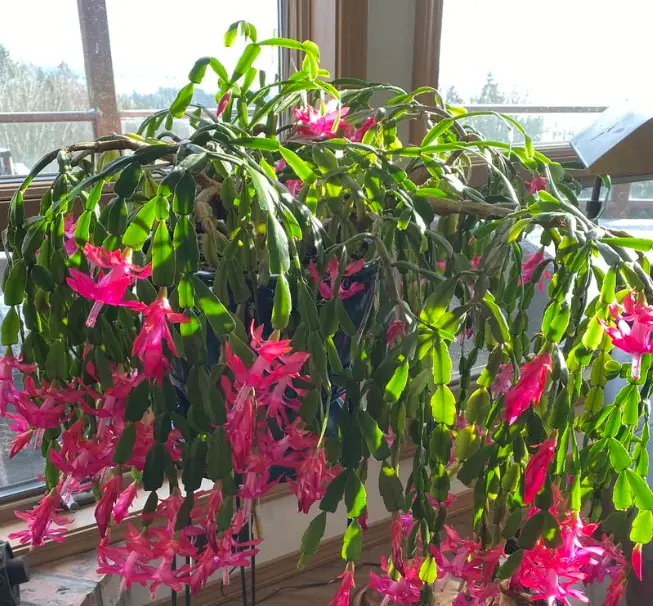
Common Christmas cactus problems
The table below shows common Christmas cactus problems, their potential causes, and management.
| Problem | Causes | Management |
| Root and stem rot ( Plant wilts, the foliage turns brown and roots turn dark and mushy) | Fungi infection, overwatering, or underwatering. | Remove the plant from the pot, rinse the roots, trim the damaged parts and repot in fresh succulent soil. Be sure to water the plant only when the top inch of the soil feels dry to the touch. |
| Discoloration (Leaves turning red, purple, or yellow) | Sunburn, overwatering, or damaged roots. | Protect the plant from direct sunlight. Check if you have overwatered and stop until the soil dries completely. |
| Wilting (leaves droopy and the plant looks shriveled) | Overexposure to direct sunlight, exhaustion from heat, or dehydration. | Then keep the plant away from direct sunlight and heat sources. Be sure to keep the soil constantly moist but not wet. |
| Leaves falling off (Plant drops stem or leaves) | Poorly-drained soil, extremely compacted roots, or lack of nutrients. | Repot the plant in a slightly bigger pot with drainage holes. Be sure to use fresh soil for cactuses and fertilize monthly during active growth. |
| Not blooming (No formation of flower buds during the winter season) | Lack of nutrients, high indoor temperature, or the interruption of the darkness process. | Lower room temperature to 55-65°F during the night and 60-65°F during the day and provide at least 14 hours of uninterrupted darkness daily. |
| Buds or flowers falling off | Low humidity, hot dry air, or dehydration. | Provide the needed humidity when the cactus is blooming. Additionally, keep the plant away from sources of heat. |
| Spots on stems (White, brown, grey, or yellow) | A pest infestation, inadequate lighting, or improper ventilation. | Inspect the plant regularly and apply rubbing alcohol to kill pests and fungi. Be sure to keep the plant in a well-ventilated spot with bright indirect light. |
| Basal stem rot (Squishy dark stems above the soil line) | Improper soil drainage, overwatering, and pest damage to the tissues. | Rinse the plant, cut off the damaged parts and repot in fresh pasteurized soil. Be sure to inspect for pests. |
How to avoid these Christmas cactus problems
You can successfully grow a bigger Christmas cactus without any problem with the help of the following tips:
- Grow the plant in a small pot, 4 to 5 inches with a drainage hole but repot it after every three years to avoid the problem of root entanglement. Christmas cacti like to be root-bound but in time, the roots may get compacted and won’t be able to absorb water and nutrients as needed.
- Use succulent soil for growing a Christmas cactus. Christmas cactus prefers well-drained soil. Ordinary potting soil may retain water longer than expected resulting in cactus root rot.
- The plant should be placed in a location with partial shade. A north or east-facing window is an idea spot but be sure to keep rotating your plant whenever you water it to prevent the cactus from leaning on one side due to phototropism.
- Water your Christmas cactus only when the top inch of the soil feels dry to the touch. Watering too often may deprive moisture around the roots causing them to die and rot.
- Fertilize the Christmas cactus monthly from the time new growth starts in April to late summer. Use a recommended half-strength liquid houseplant fertilizer such as 10-10-10 or 20-20-20.
- Additionally, apply Epsom salt solution monthly mixed at one teaspoonful per gallon of water but not on the same week you applied fertilizer.
- In the fall, stimulate flower bud formation by keeping the plant in uninterrupted darkness for 12 to 14 hours daily for six to eight weeks.
- Resume your watering schedule when flowers form and place the plant back in its location and away from dry air or heat sources.
- In low humidity levels, place the plant on a pebble tray half-filled with water to provide the needed humidity around the plant.
- Prune the Christmas cactus when blooming completely ends to stimulate more growth.
Christmas cactus diseases
Pests are major vectors for diseases and fungal infections in houseplants. Although this problem isn’t common in holiday cactuses, it is important to watch out for insect pests, especially if your Christmas cactus is not growing or looks unhealthy.
While feeding on the sap, pests usually damage tissues exposing the plant to pathogens. Notorious houseplant pests to watch out for include mealybugs, scales, fungi gnats, and aphids.
The following are common diseases for Christmas cactus plants.
Impatiens Necrotic Spot Virus
This is a viral infection in plants commonly spread by thrips. Symptoms include yellowing or spotted leaves, wilting, stunted growth, and poor flowering. INSV is difficult to detect unless the plant tissues are taken to a plant disease clinic where chemical tests can be done to confirm the virus.
Isolation of any incoming plant can help track and contain the disease. Additionally, inspect the cactus for thrips and treat them with a recommended insecticide. Infected plants should be destroyed since this viral infection cannot be cured, explains the Pennsylvania State University.
Botrytis blight
Also known as the gray mold, botrytis blight is a fungal infection that targets leaves, flowers, buds, and stems of various plants including the Christmas cactus. The affected spots usually turn brown and soft. The severity of this disease increases with prolonged damp conditions around the plant.
The application of fungicides can help contain botrytis blight. Additionally, the gardener should practice good sanitation and remove and destroy the affected parts as soon as possible. Proper ventilation and reduced moist conditions around plants can help in preventing the sprouting of botrytis blight, explains Missouri Botanical Garden.
Final Thought
The Christmas cactus can easily be grown indoors to light up the dull winter seasons with beautiful blooms. Holiday cacti plants (the Christmas cactus, the Thanksgiving cactus, and the Easter cactus) have minimal care requirements but total negligence may result in several problems that may damage or kill the plant.
My name is Diane M Lewik, and I am the founder of this website. I am a degree holder in plant biology from the University of California – Berkeley. Over the years, I have cultivated a vast collection of succulents and I have learned a great deal about how to grow and care for these unique plants. Feel free to ask any questions in the comment section below.
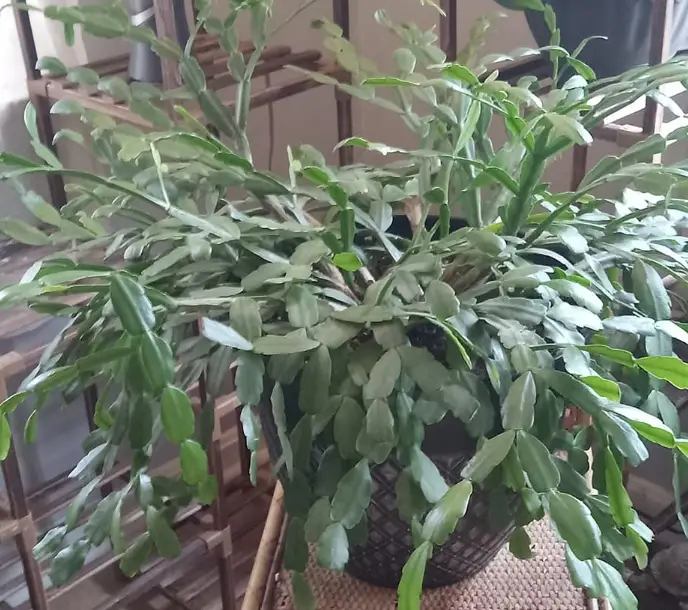
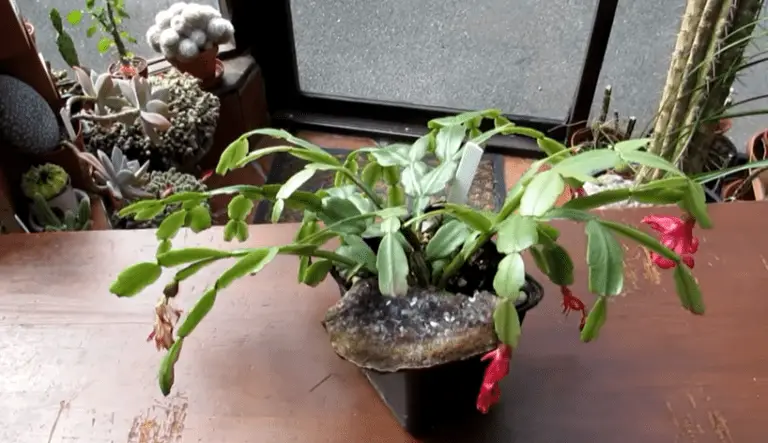
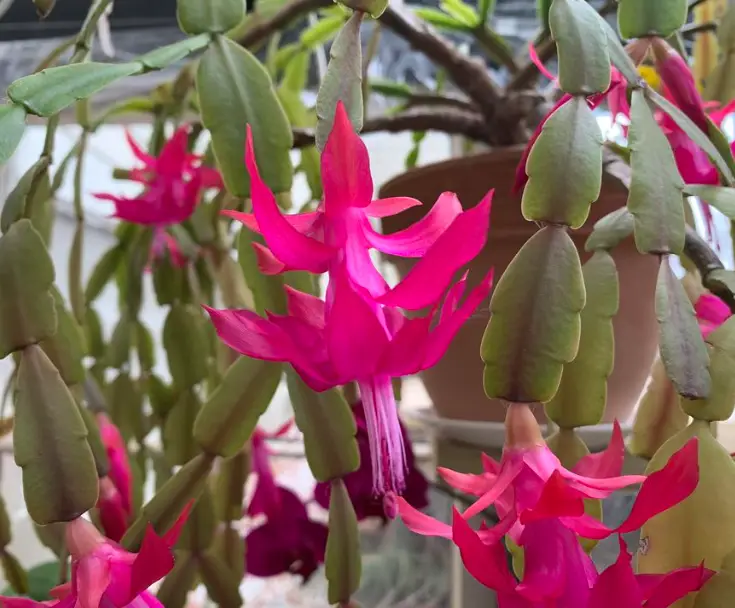
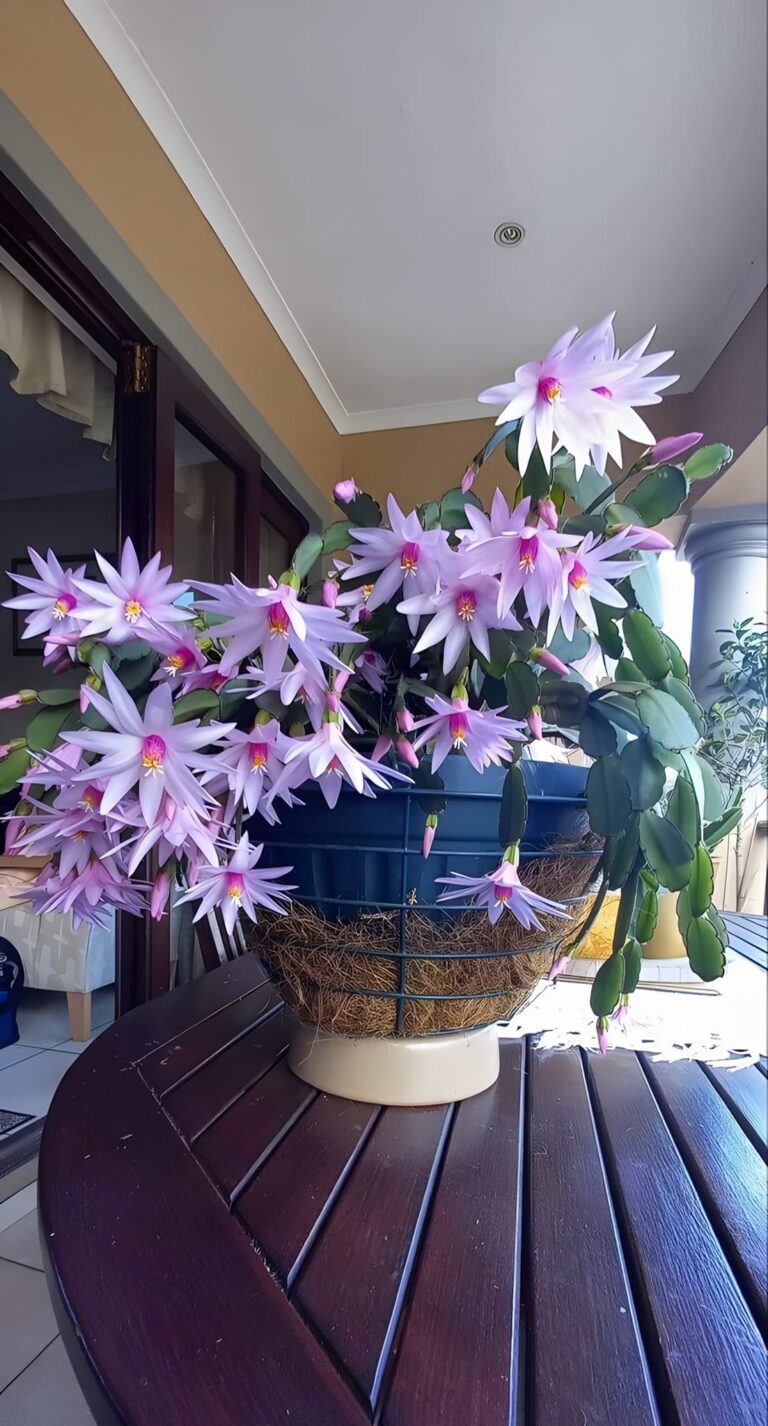
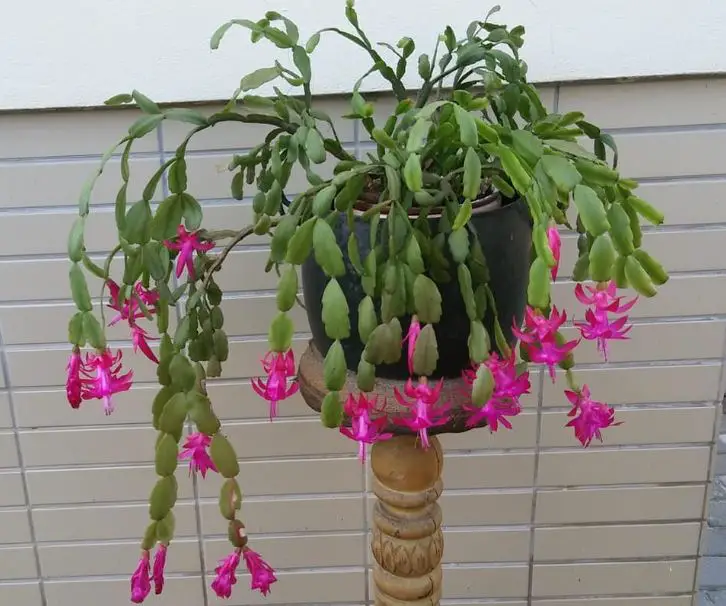
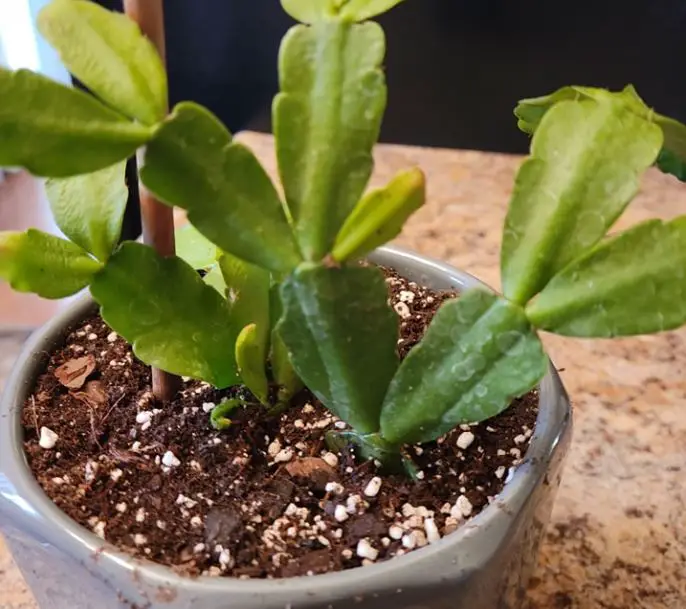
My sisters cactus is very large,it is in full bloom,it
has branched limbs,like a tree,these limbs are breaking off .Help please
Hello and thanks for reaching out. If the cactus is too tall and falling over, you can provide it with extra support using a stake or prune some of its branches to reduce the weight.